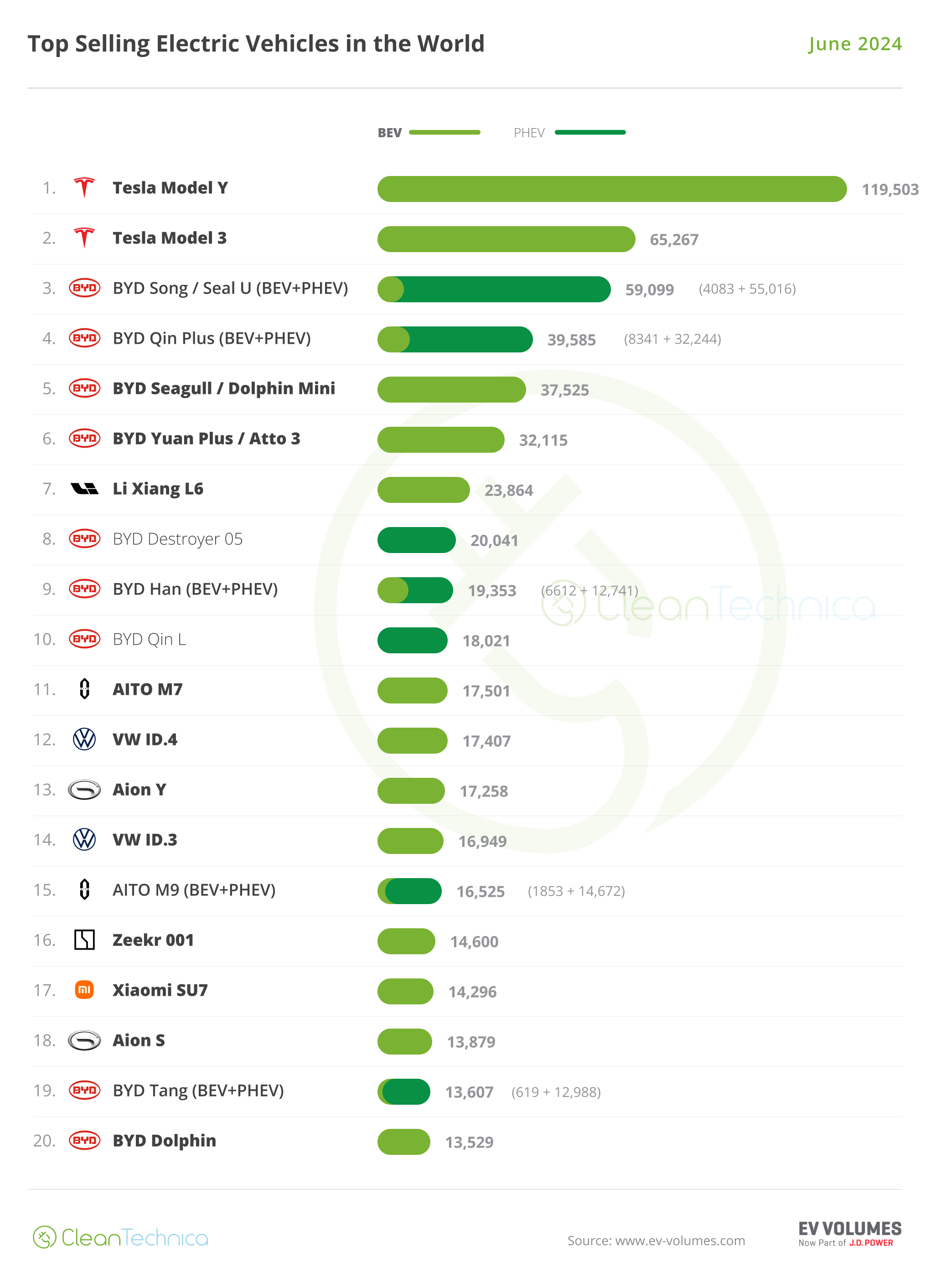Orica’s 4D bulk explosives system is making underground drill and blast more efficient than ever before.
Drill and blast is a critical part of mining operations. Indeed, miners have been blasting their way through hard rock to move stubborn earth and access locked orebodies since the 1600s.
But while those pioneering miners of old used gunpowder and gumption, modern drill and blast technology is a lot more sophisticated – and it’s hard to talk sophistication in drill and blast without talking about Orica.
Orica has been refining its recipe for success over the last 150 years, from its founding days supplying Victorian gold mines with explosives to the global footprint it has today.
And with the launch of its new 4D bulk explosives system, the recipe has been improved once again.
The science behind 4D is complex, but at heart it’s a delivery system that tailors explosives energy to the conditions of the hole.
Orica lead engineer – underground technology Sam Evans said that 4D enables precise, consistent and efficient energy control during the blast process.
“4D represents a move away from selecting explosives based on factors like density,” Evans told Australian Mining.
“Instead, drill and blast engineers are able to choose emulsion based on its energy level from a very large selection ranging from RBS (relative bulk strength) 50 all the way to RBS 170.
“With 4D, this can happen on a hole-by-hole basis, or even within the same hole.”
In other words, Orica’s 4D bulk system enables mine sites to achieve an incredible degree of blasting precision.
Another significant accomplishment of the 4D bulk system is its ability to maintain explosive density within drill holes.
“Just like being underwater, the deeper you go, the more the pressure builds,” Evans said.
“It’s the same with standard emulsion; when you pump it into a hole, the density changes in the column of explosives.
“This can change how the energy is distributed in an explosion, which can have unintended consequences.
“But 4D has essentially eliminated this variable, effectively delivering the same energy the whole way through the hole without any changes. This gives engineers the opportunity to select the energy they need and be confident that it’s going to be delivered as intended.”
The 4D system is already a hit in surface mining, but it truly comes into its own underground, where precision is key.
“Another important feature of 4D that we’ve explored in trials, especially within Australia, is the ability to deliver multiple different energy levels within the same hole,” Evans said.
“This is important in cases where you want low energy at a shallow depth to protect the hanging wall, and higher energy deeper in the hole.”
A zinc mine in north-west Queensland reaped the rewards of this technology when Orica trialled its 4D bulk system underground.
The trial compared the performance of 4D to standard products, with the aim of helping the site improve ore recovery and reduce dilution (the portion of waste material that gets mixed in with the ore).
“The mine gave us a really good set of baseline data, which showed that dilution was hovering around 11 per cent,” Evans said.
“Using 4D across the extended trial period, we got that down to an average of 3.7 per cent – quite a significant drop.
“We were then able to drive dilution down even lower to two per cent reliably.”
Evans said that going into the trial, it was important for the Orica team to make 4D’s implementation as low impact as possible. This involved substituting products, rather than making changes to the site’s drill and blast procedures.
“On the ore recovery side of things, the mine’s baseline was about 90 per cent,” Evans said.
“As we lowered dilution, we also managed to raise the recovery to 93 per cent, then subsequently stabilise that recovery at 95 per cent.
“The baseline data showed us that the site juggled increasing recovery with lowering dilution – when one was up, the other was down.
“Fortunately, 4D allowed the site to optimise both aspects at once.”
Beyond performance, the 4D bulk system is also simple to operate.
“The control system is designed to take a lot of the manual work out of the operator’s hands, making it much easier to follow their blast design,” Evans said.
“The system automates a significant amount of the process, simplifying the job for an operator.”
Orica’s 4D bulk system is delivering improved orebody recovery, reduced overall explosive consumption, and better fume, vibration and nitrate leaching control to mine sites.
“Traditionally, flexibility in terms of blast energy has been limited,” Evans said. “Mines have battled pressure change in holes, limitations to hole depth, and much more.
“With 4D, we’re blowing away those limitations.”
This feature appeared in the May 2024 issue of Australian Mining.




